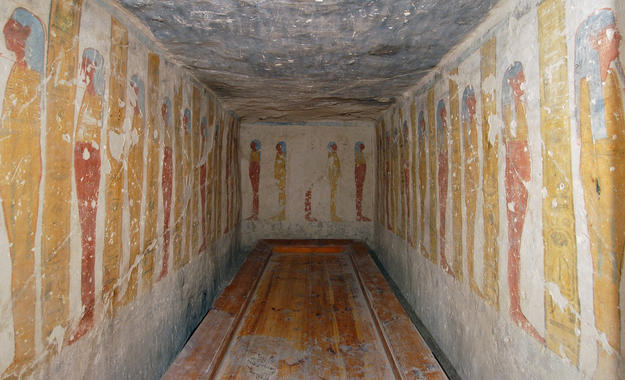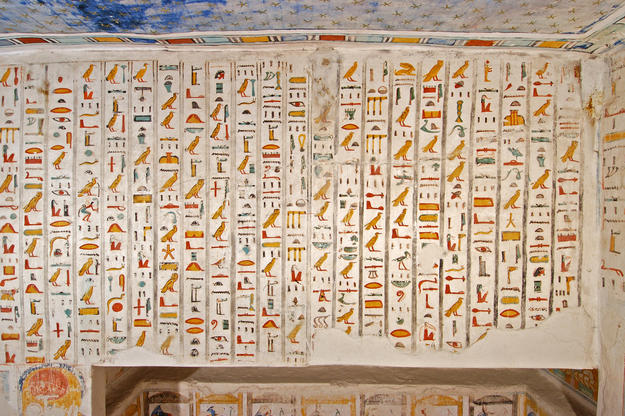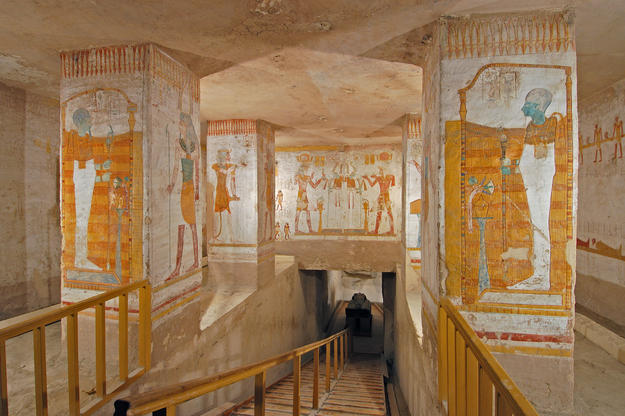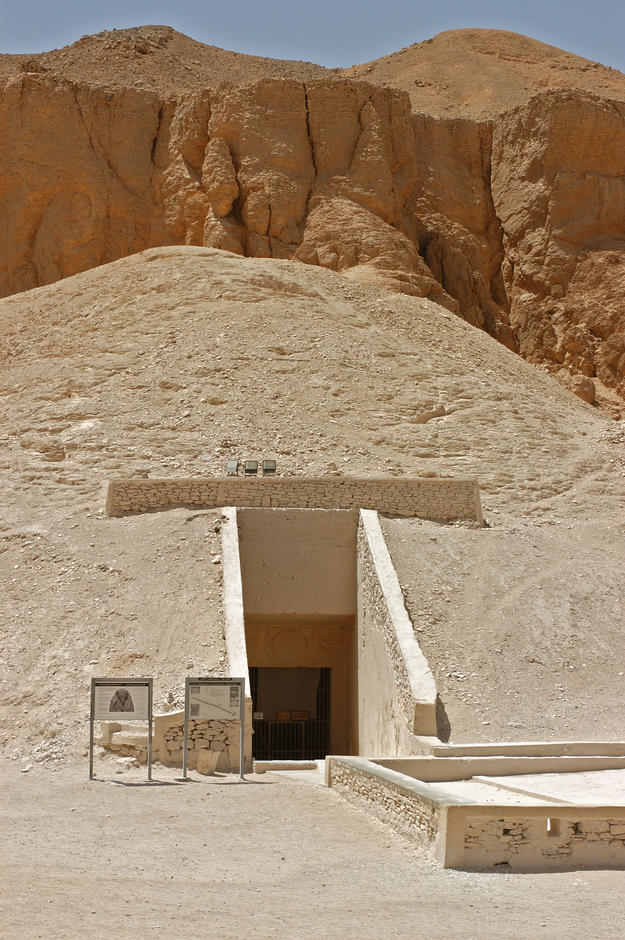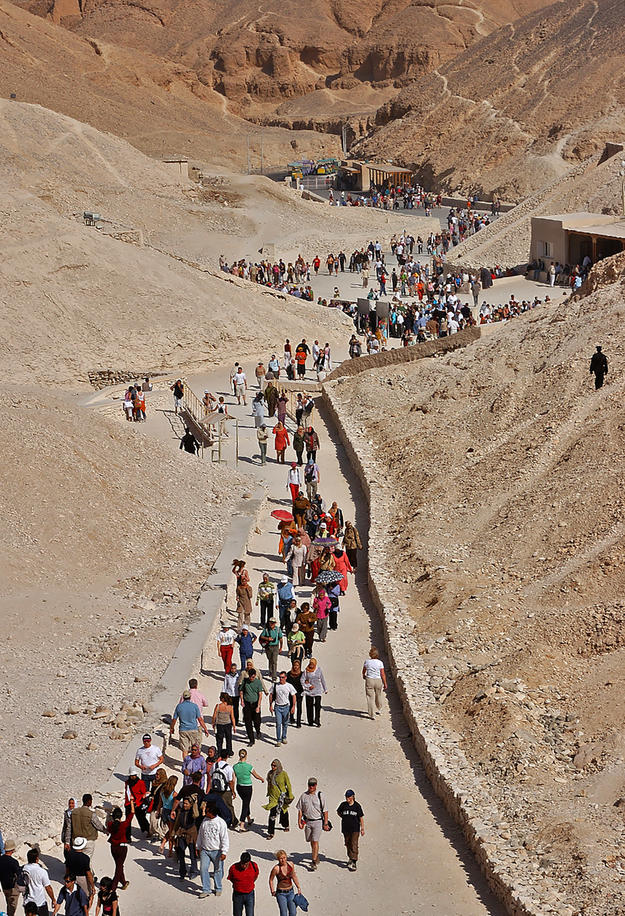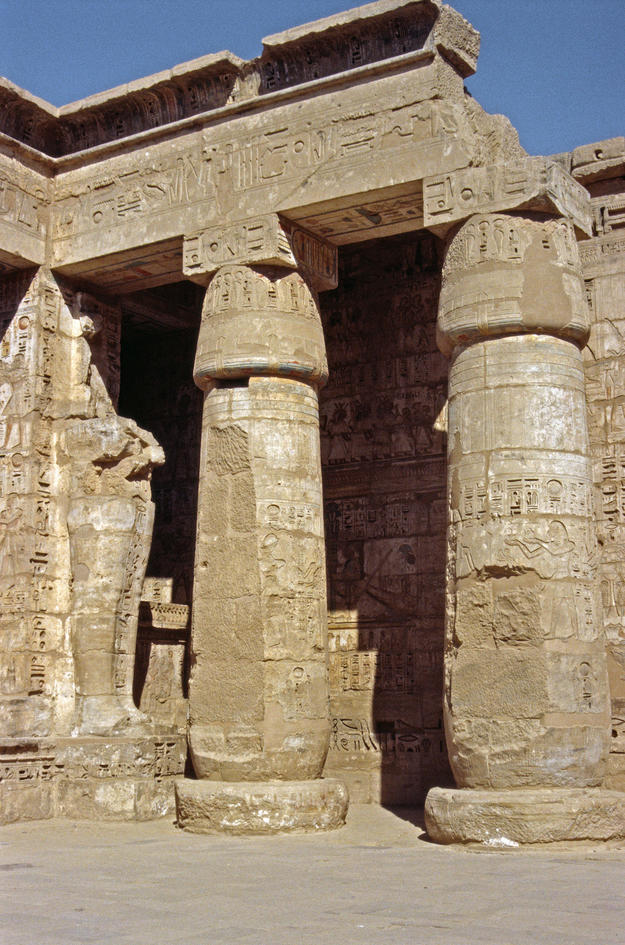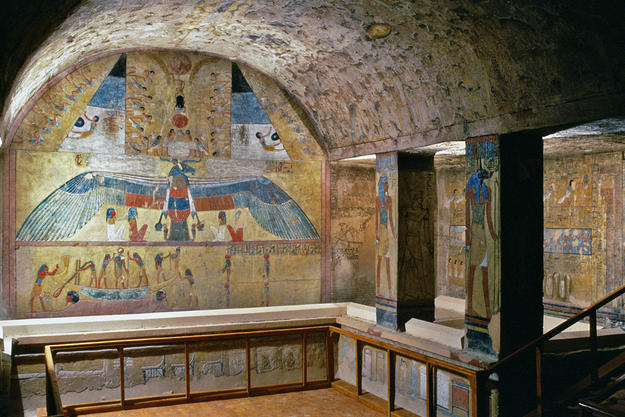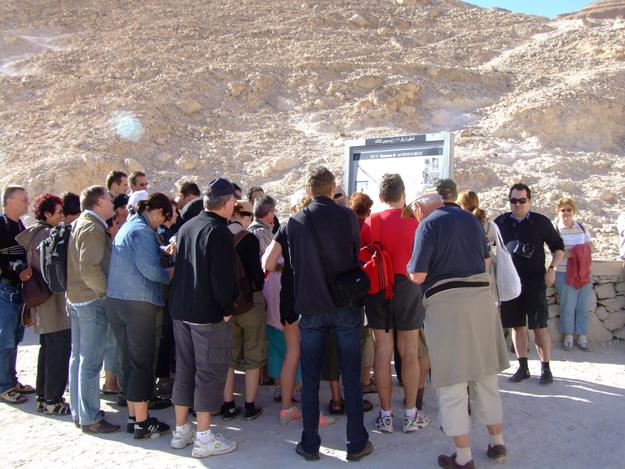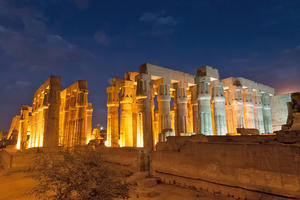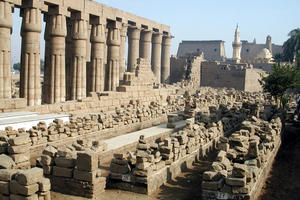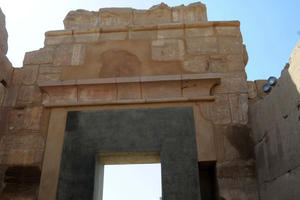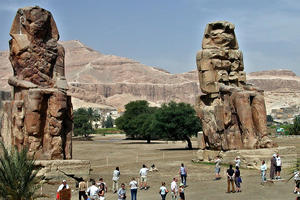Thebes, now the modern city of Luxor, was the royal capital of Egypt during the New Kingdom (1539-1075 B.C.). Outside its walls, pharaohs built the famous temples of Amun and Karnak on the Nile’s east bank and constructed mortuary temples along the west bank. The Valley of the Kings refers to the sloping cliffs above the western floodplain, where the bodies of the pharaohs were laid to rest in tombs cut deep into the rock. These tombs range in size from single chamber burials to massive complexes spanning several thousand square meters.
Many include intricate hieroglyphic carving and vivid painted decoration, illustrating ceremonies, rites of burial, the crossing to the world of the dead, the path of the sun, and other subjects. Over 62 tombs have been explored, including those of the sons of Rameses II and Tutankhamen, the boy-king whose tomb was filled with gilded wood furniture and over 1,000 precious objects of gold, faience, and alabaster.
Solutions to improve the visitor experience
In 1979 the Valley of the Kings became a UNESCO World Heritage Site, drawing wider attention to its treasures. As the twentieth century came to a close, the fragility of the royal burial chambers became increasingly apparent. Flash floods, pollution, and vandalism plagued the monuments. An even more serious problem was deterioration caused by the 1.5 million tourists who visit the valley each year. The Valley of the Kings was included on the World Monuments Watch in 2000 and 2002 in order to raise awareness of tourism’s impact at the site.
Through funding from American Express, we supported the installation of railings, signage, and lighting at the tombs that improved public access while emphasizing the need to protect the ancient site. We also allocated resources to the creation of a site management plan, which was first published in 2010, and conditions assessments of several tombs. Other projects we assisted include the cataloguing and conservation of decorated stones at the back of Luxor Temple, de-watering and conservation of statues in the Temple of Amenhotep III, and conservation of the Annals court’s southern wall in Karnak Temple.
The Valley of the Kings continues to enchant the universal imagination. Thousands of tourists explore the valley each day, and while every traveler deserves an opportunity to see this spectacular site, measures must stay in place to ensure that eager visitors are aware of the fragility of the ancient tombs.
World Monuments Fund's work at the Valley of the Kings has been made possible, in part, by support from American Express, the Grand Circle Foundation, and The Selz Foundation.

